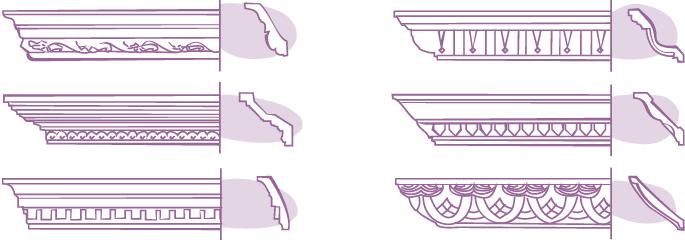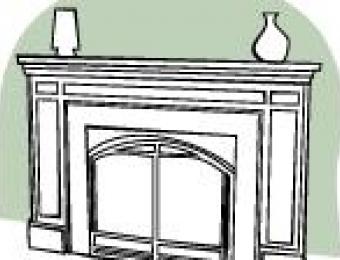What is a cornice?
A cornice is a type of moulding which runs along the top lengths of your interior walls, which sits in the join between the walls and the ceiling. Cornices are also commonly known as coving, or crown, bed or cove moulding.

Exactly what are cornices for?
Large rooms with high ceilings can be difficult to light. Corners tend to get lost in the dark and a room that is supposed to feel warm and inviting can instead seem grim and gloomy. A curved cornice however, can help brighten a room by reflecting light into dark areas. Patterned cornices work with light and shade to create visual interest. This can also make small rooms seem larger by drawing the eye upwards. Another convenient function of the cornice is to help conceal cracks which commonly occur along the join between walls and ceilings.
What are cornices made from?
The most common materials for cornices are timber and plaster. Medium density fibreboard (MDF) and other polymer-based products can be used as alternatives.
What types of cornices are there?
There are scores of differently moulded cornices to choose from. Listed below are some of the things that differentiate them:
- width
- depth into ceiling
- patterned or plain
- square or round edging
- number of edges
Do all homes have cornices?
Many homes are currently being built without interior cornices. It's fairly unusual to see a house without skirting boards and architraves, so it does seem unusual to leave cornices out.
Some might argue that skirting boards and architraves have clearer functions within your home though - skirting boards protect your walls from damage and architraves hide the gaps between the plasterboard and your doors and windows. Installing these mouldings makes sense, whereas cornices, in a modern context, are almost purely decorative. Cornices can, however, help to create a sense of warmth and personality within your home.





